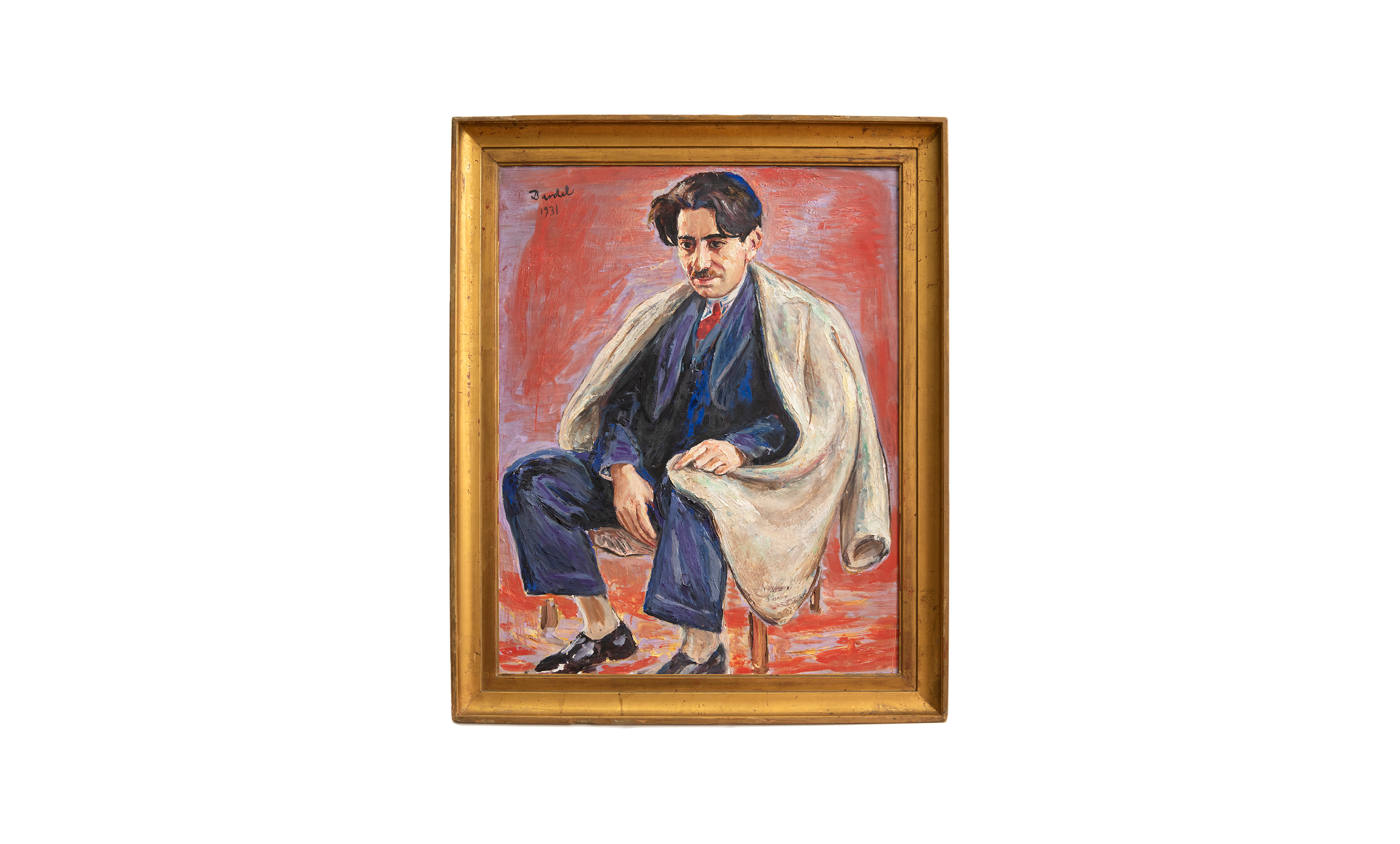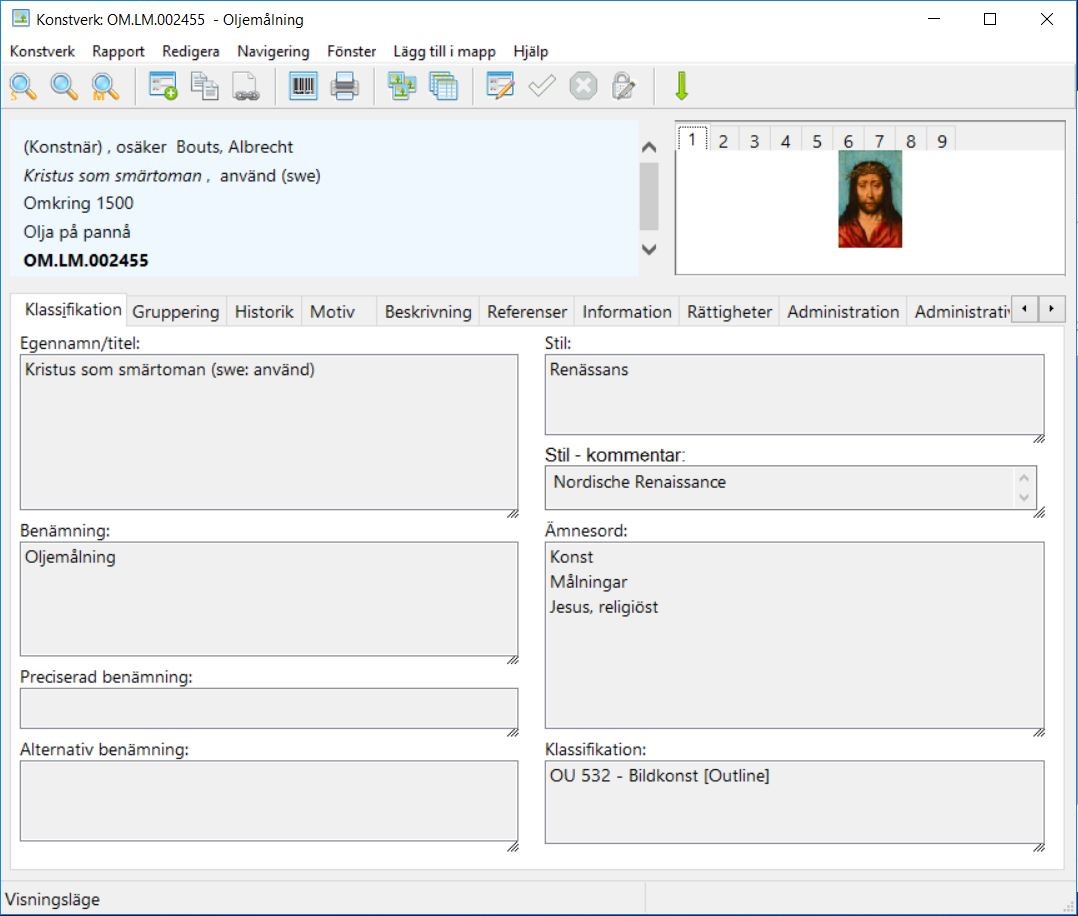Museernas konstsamlingar är lika varierande som de människor som en gång samlade dem. Många av dessa samlingar är baserade på en enda donators preferens. De är ofta oorganiserade och ofullständiga. Museerna är deras arvtagare.
Östergötlands museums konstsamling omfattar cirka 10 000 föremål, bland annat oljemålningar, akvareller, grafik, teckningar och skulpturer. Kärnan av samlingen är en gåva som samlaren Carl Dahlgren testamenterade till museet efter sin död 1894. Den omfattar mer än 1 800 konstverk. De är huvudsakligen porträtt och landskapsmålningar i olja. Med tiden har fler konstverk lagts till. De skänktes under donatorernas livstid eller testamenterades efter deras död. De köptes också direkt från konstnärer eller på auktionshus.
Men hur och enligt vilka kriterier görs samlingarna? Med exempel på de senaste förvärven vill vi ta dig med bakom kulisserna på vårt museum.
*
Museum art collections are as diverse as the people who once collected them. Many of these collections are based on the preferences of a single donor. They are often disorganised and incomplete. Museums are their heirs.
Östergötland Museum's art collection comprises around 10 000 objects, including oil paintings, watercolours, prints, drawings and sculptures. The core of the collection is a gift that collector Carl Dahlgren bequeathed to the museum after his death in 1894. It comprises more than 1 800 works of art. They are mainly portraits and landscape paintings in oil. Over time, more works of art have been added. They were donated during the lifetime of the donors or bequeathed after their death. They were also bought directly from artists or at auction houses.
But how and according to what criteria are collections made? With examples of recent acquisitions, we want to take you behind the scenes of our museum.
Klicka på länkarna nedan för att läsa mer om medverkande konstnärer och deras verk.
Click on the links below to read more about the participating artists and their artworks.
Olle Schmidt – Fire walk with me
Olle Schmidt – Tankar i tiden
Hasti Radpour – This shall also pass
Carl Fredrik Hill – Klippstup med figur och Luc-sur-Mer
Nils Dardel – Georges Papazoff
Olaf Jordan – Porträtt av Britt Åström
Johan Christian Dahl – Kronborgs slott i månsken
Stina Opitz – Artist in residence II
Längre ner på denna sida hittar du även mer information om hur museet arbetar med nyförvärv, urval och inventering.
Further down this page you will also find more information about how the museum works with new acquisitions, collecting and inventory.

